Ten Questions for: Ian Thompson
Ian Thompson founded Thompson Brand Partners in 1984. This year, to mark its 30th year, the Leeds-based consultancy hosted a celebratory show inviting the current team and some old faces to create a piece of work, which shows what interests them today. Here Thompson looks back on 30 years.
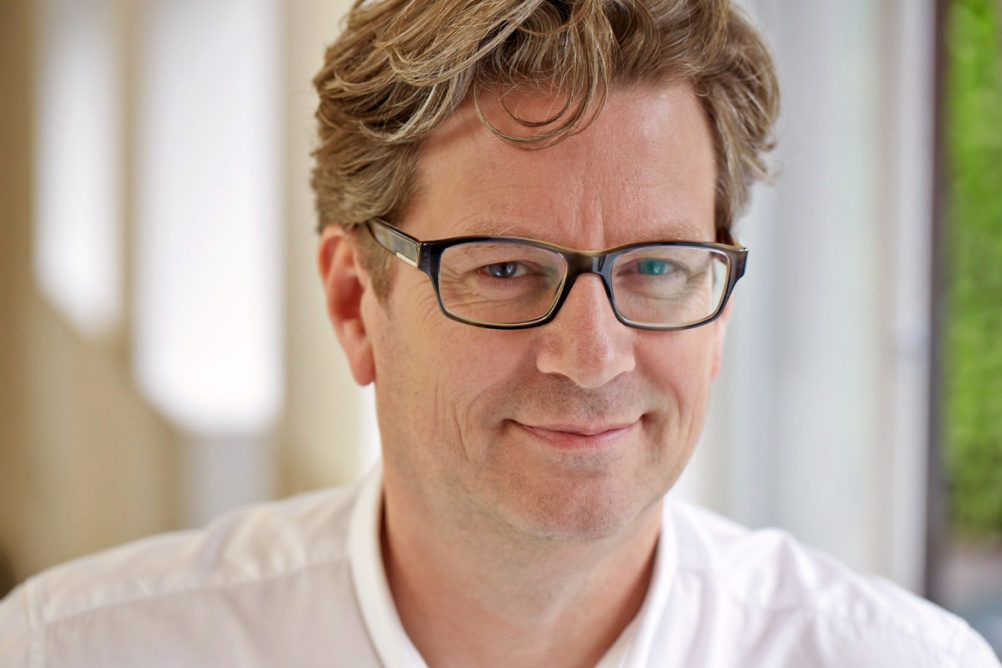
When did you realise you wanted to be a designer?
During my foundation year at Jacob Kramer College in 1977 I was making films, producing sculpture, creating images and dabbling in performance to try and find out what I was all about. I was also spending a lot of time in the library, where I came across a book that featured packaging projects from around the world. In it was a picture of a range of pharmaceutical products from Germany. It was the time of punk and new wave and that was definitely my aesthetic and way of looking at the world. But, what I was looking at in that book was just colour, type and space and it was incredibly minimal. To this day I couldn’t tell you what fascinated me about that image – I can’t stay I fully understood it, but I had a strong feeling it’s what I wanted to do.
What was your first job?
Things in the North at the time were not great. Though there was a lot I liked about being here (and still do) I had little time for the handful of agencies I came across. My first job was an assistant to a TV designer who paid me £50 a week to help him out. He was actually never in the office – always out at various television studios around the country, so it gave me the opportunity to handle briefs on my own and learn a bit about TV design. It was never really my thing though. I was looking for corporate identity, which didn’t start until I did my own thing, later on.
How would you describe what you currently do?
Teach. There’s a great quote from the 13th century poet Rumi that goes: “Be a lamp, or a lifeboat, or a ladder”. That’s what I want to do in my current job now, but it’s far harder than it sounds. I can’t imagine I’ll ever master it.
What has been the biggest change in design since you started?
Although technology has changed a lot of how we do things, for me it’s really a facilitator, rather than anything that instigates fundamental change in itself. In my experience, and certainly here in the North of England, the biggest single change has been the number of people who know about and understand what design is, and its place in the world. In the late ’70s, I’d been given the impression that design was a large, glamorous and well-paid industry making a significant economic contribution to the UK economy. What I found was little more than a cottage industry with a few notable trailblazers, usually in the capital. Now, although it might not be fully understood, design is something that people generally appreciate and have a sense of how it impacts on their lives.
What is your favourite project that you’ve worked on?
This isn’t something I normally think about or reflect on. Nor do I suspect that many do, which is probably why the answer is usually “the next one”. The projects that have stayed with me are the ones where I learned the most in the shortest time. I did a brand identity project for West Yorkshire Playhouse in the ’90s that taught me a lot, including how to turn things around when your ambitions for a project don’t turn out the way you planned.
What is your favourite project that you haven’t worked on?
I have variously wanted to be Jamie Reid, all of 8vo, Vaughan Oliver, Kim Hiorthøy and God knows who else in my working life, but I’ve never stopped being a fan of Bruce Blackburn’s work for NASA in 1975. I would’ve given my right arm to have done that. It symbolised everything I thought was futuristic and optimistic when I was growing up and has never looked old and care-worn. It’s an old example, I know, but I’m not sure branding has many examples that really come to represent something culturally significant in the way that this did. Never mind that old thing they brought back.
What was your biggest mistake?
Like many creative people, I have grappled with the desire to maintain creative control most of my working life. My biggest mistake has been how long I spent trying to do this before realising it was not only a waste of time, but a huge limiter on my creative freedom and the people around me. I’ll never get that time back, but I’m determined to make up for it.
What is your greatest ambition?
To do something that connects with people and improves their lives.
Who is the most inspirational person you have worked with?
Never underestimate the power of someone who believes in you. Their conviction means that your best work is always a possibility. Jude Kelly, who is now artistic director of Southbank Centre, did this for me and still does.
What piece of advice would you give to people starting out in design?
Find out what you are, and be it. I had a particularly annoying tutor who used to ask pointedly “what is your design philosophy?” He did this in a deliberately intimidating way. The worst thing though, is that he was right – he just used it as stick to hit us with, instead of a light to guide us. Set out to find out what you are, what you believe in and what you want out of life and you’ll be less likely to compromise when you don’t need to, and more likely to do things that inspire and surprise people.
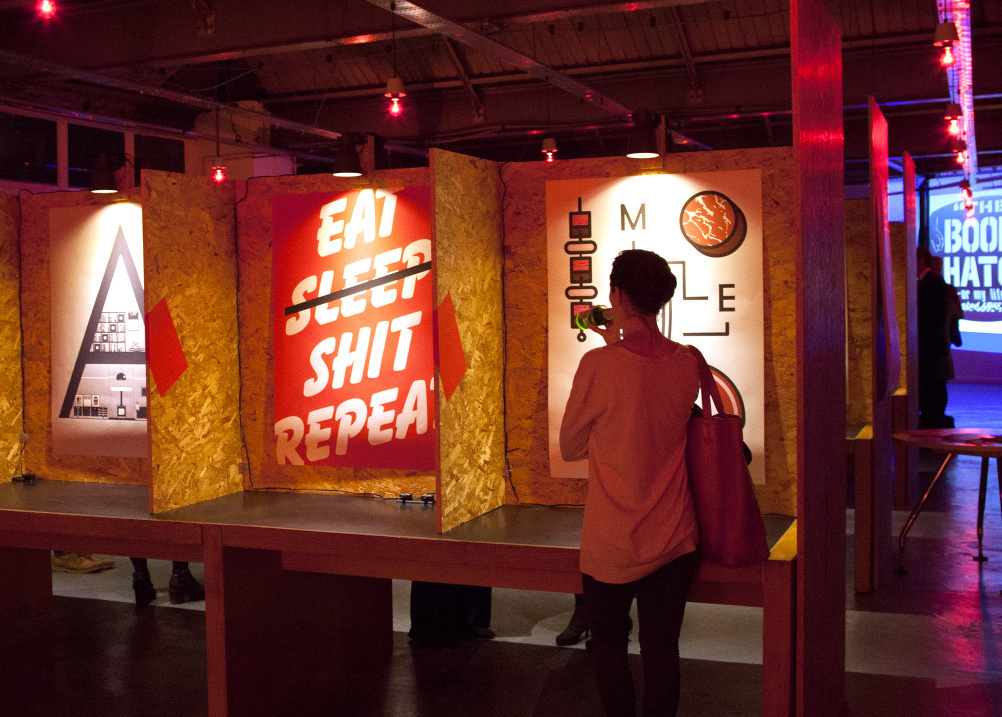
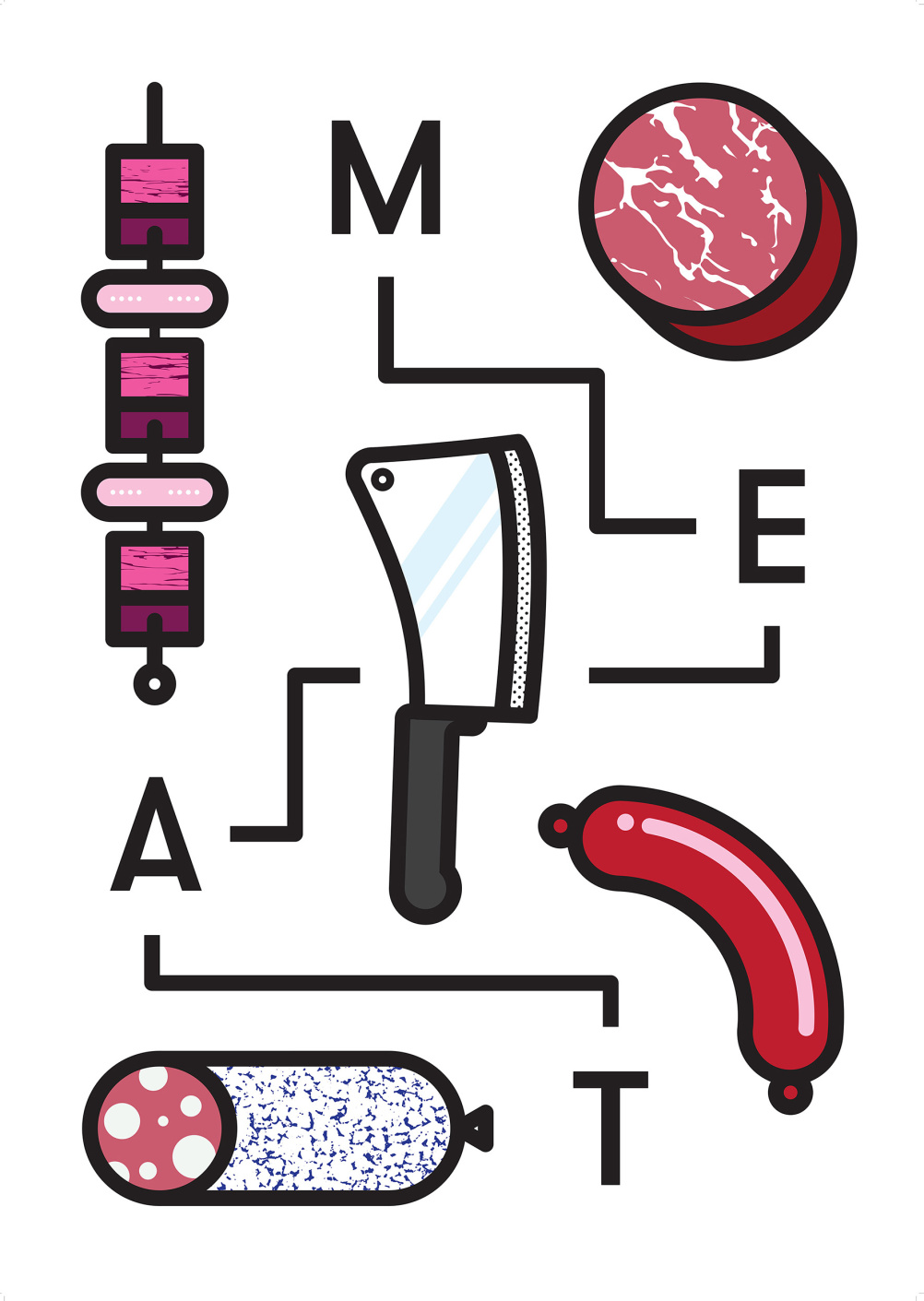
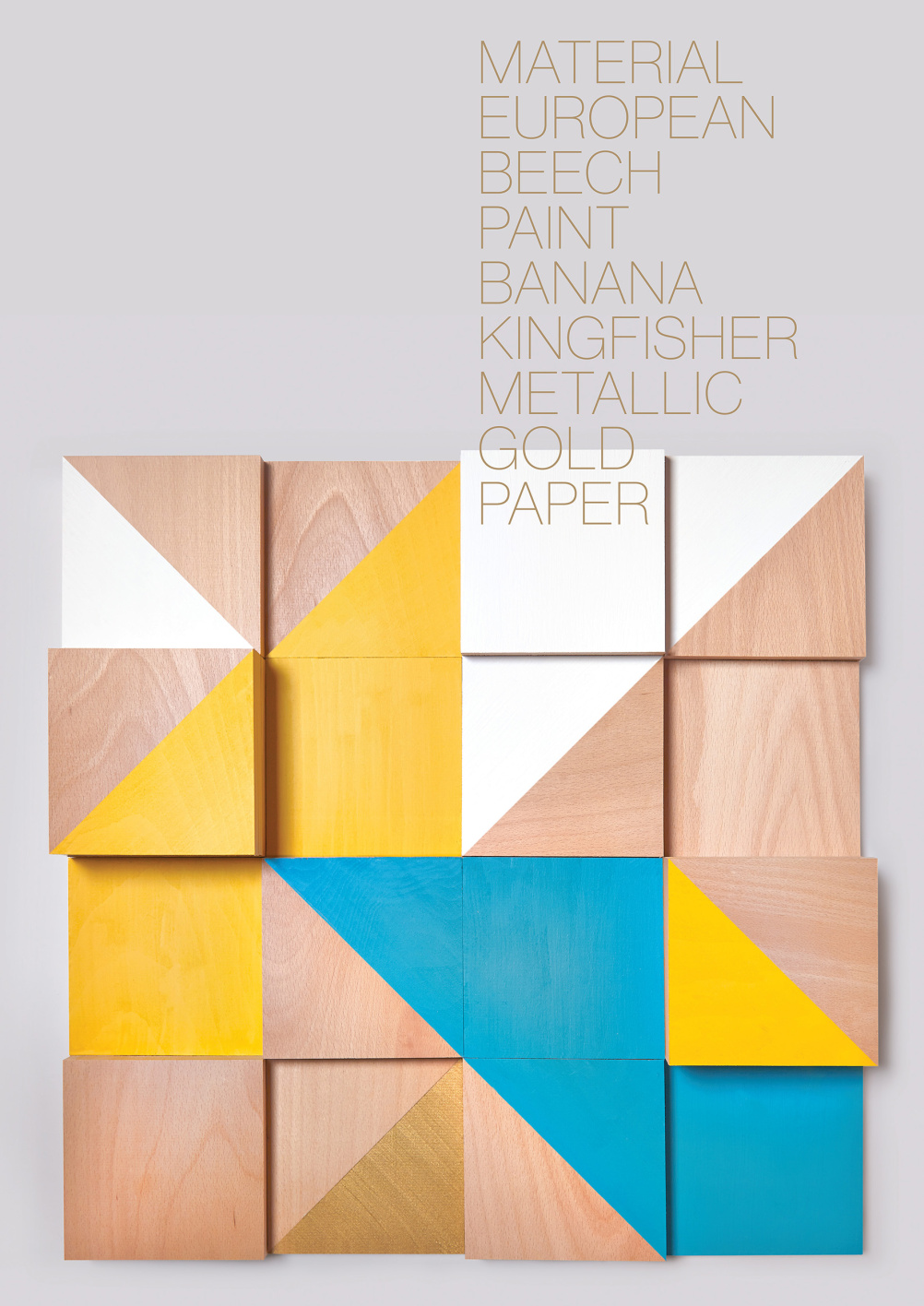
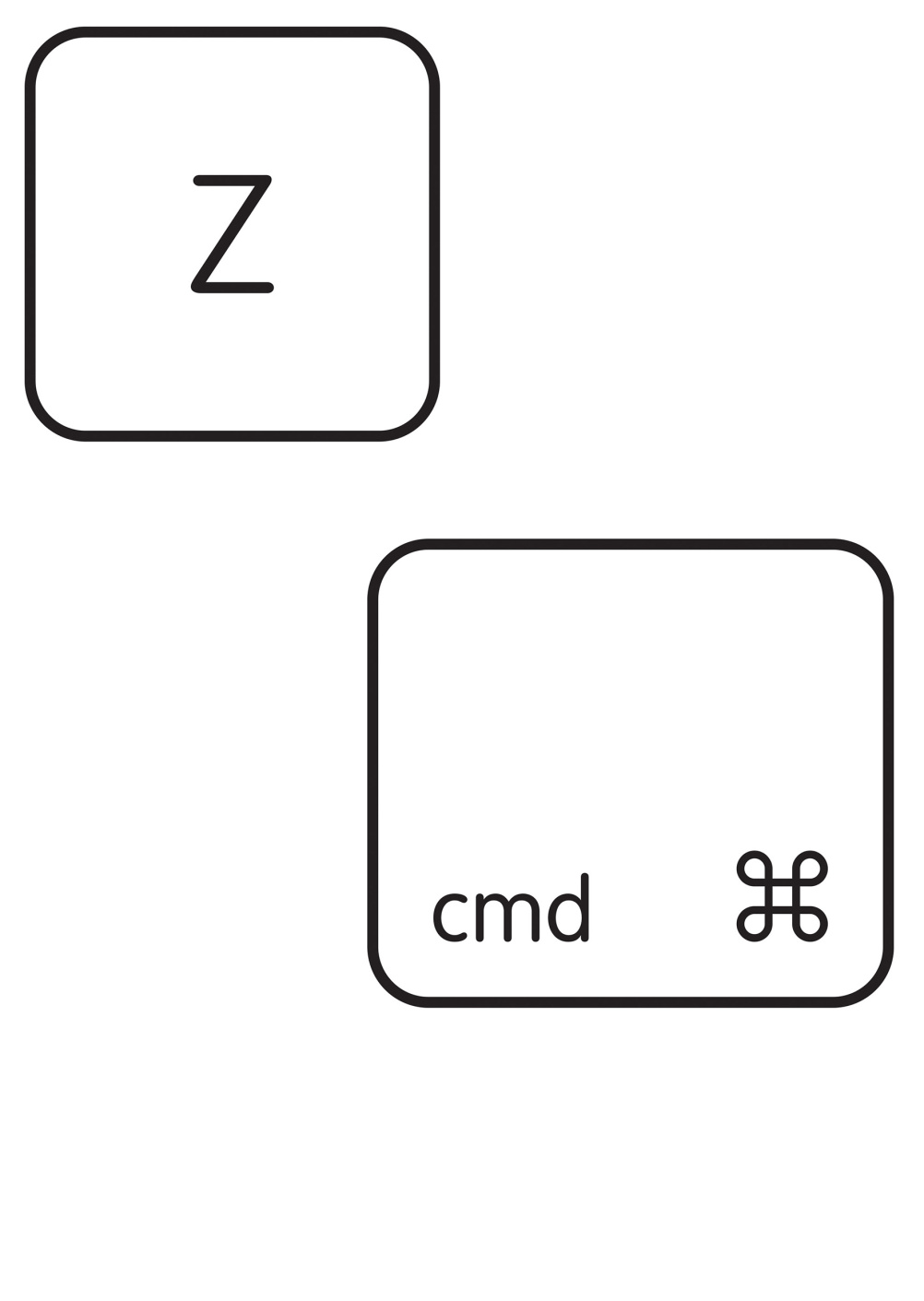
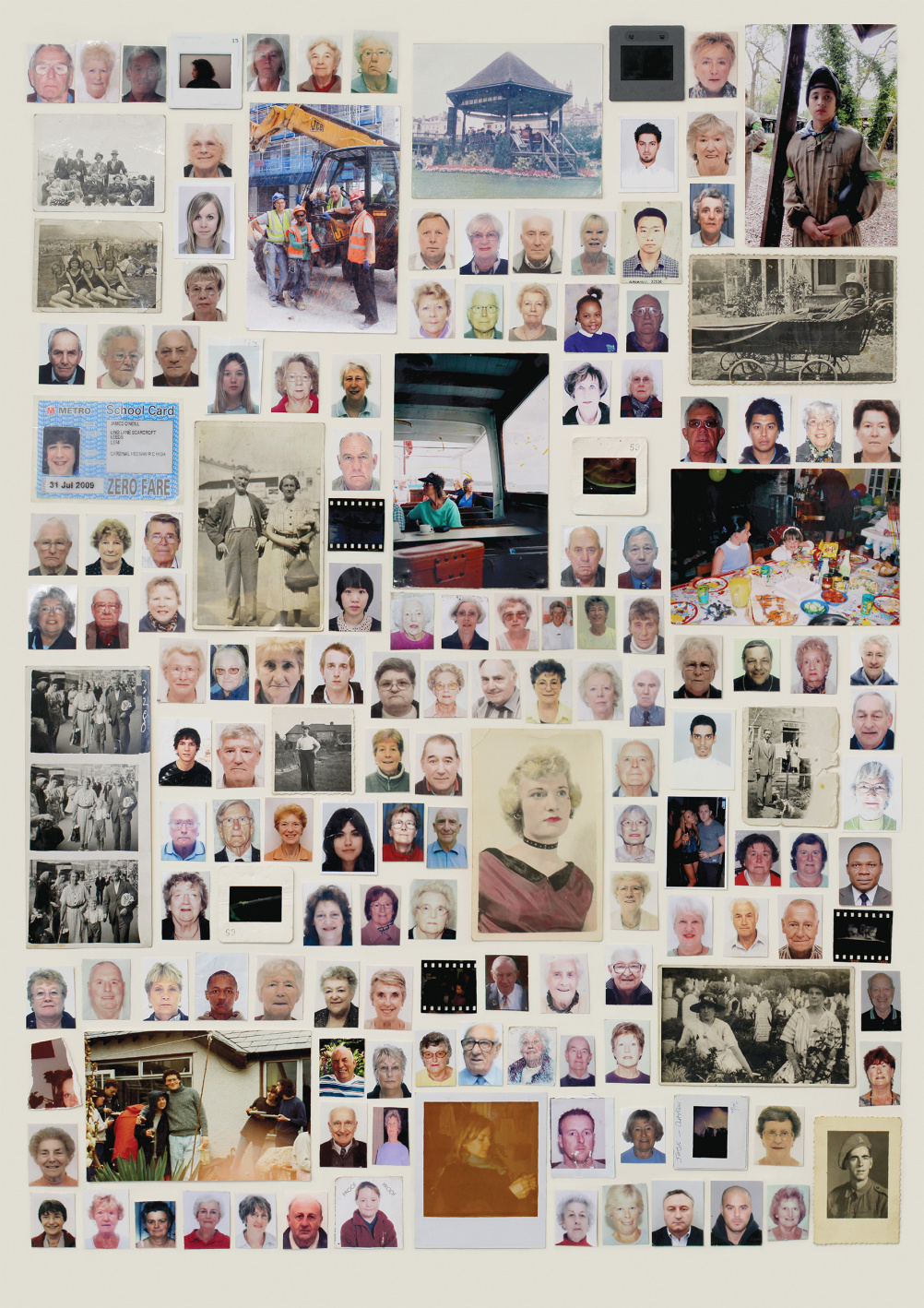
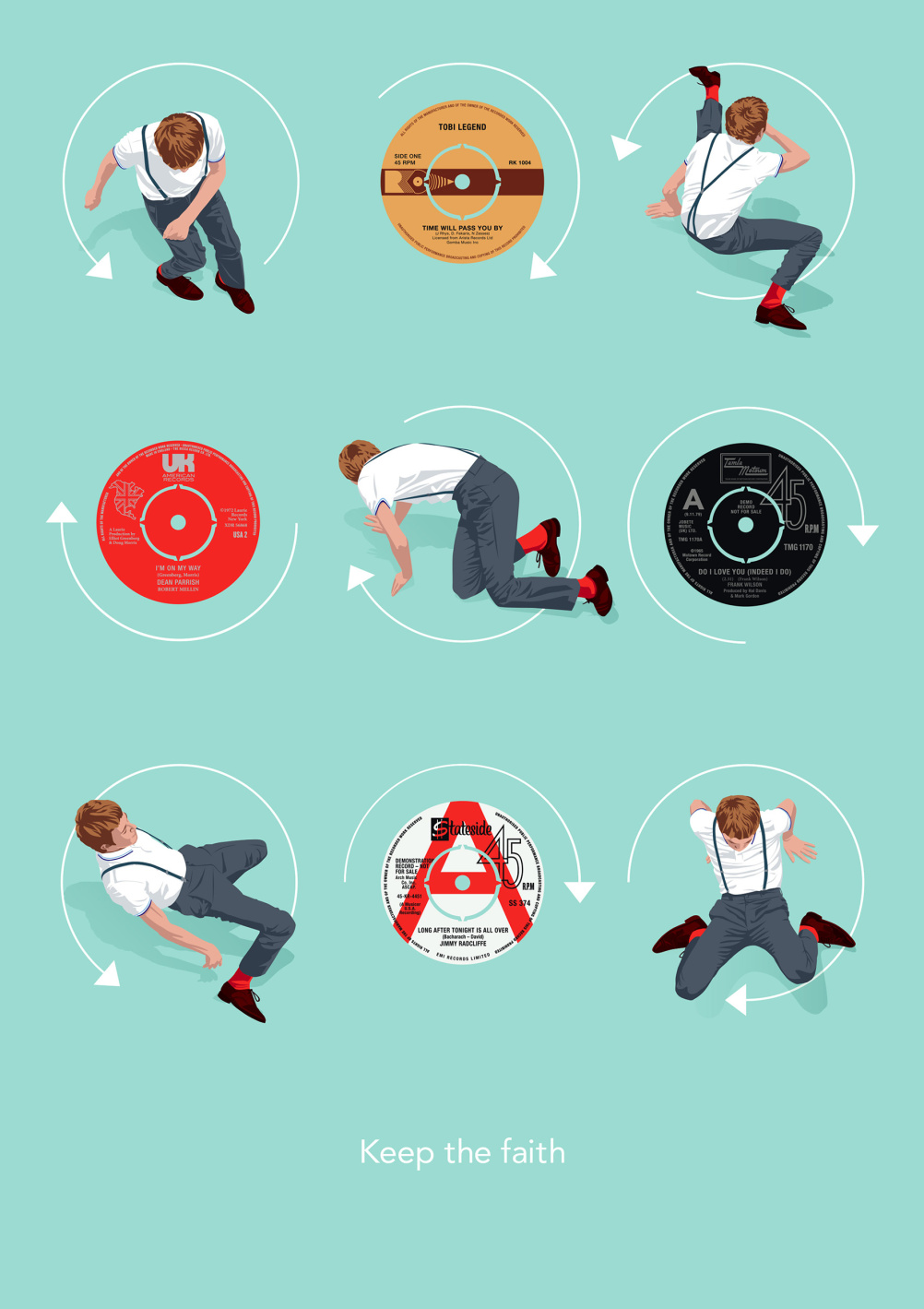
To take a closer look at the “xxx” anniversary project, visit www.tbp30.com.
-
Post a comment




